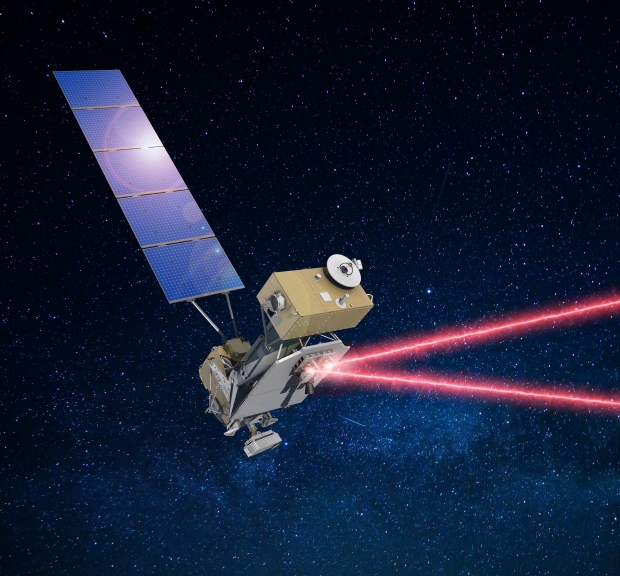The University of Surrey and Space Power are collaborating to solve the problem of keeping satellites powered.
The team is working on a new space infrastructure project to develop laser technology that can beam solar power between satellites. The goal of the technology is to provide power to satellites that are in shadow and cannot receive solar energy directly from the sun at a given time. The collaboration aims to be able to commercialize the technology by 2025.
The project is part of the Space Research and Innovation Network for Technology (SPRINT) program. It will see a plug-and-play system developed that satellite manufacturers can incorporate into their low-Earth orbit (LEO) satellites.
"The SPRINT project is an important development from our feasibility study with the University of Surrey that enables us to approach customers with confidence and demonstrate the improved efficiencies available by using auxiliary power systems. By focusing on light optics and power beaming, we are looking to increase small satellite operating efficiencies by a factor of between 2X-5X," said Keval Dattani, Director of Space Power.
"We have seen the benefits of powering satellites by laser which enables smaller satellites, simpler systems and fewer resources-whilst performing more work to help us understand our planet better. For us, this is a neat solution with long term benefits, not least for lunar outposts and asteroid mining but back here on Earth too," Dattani continued.


